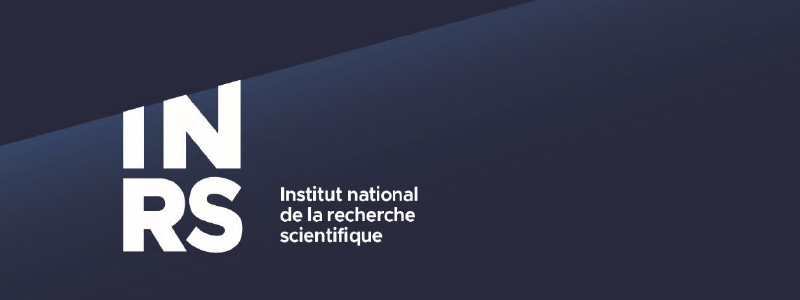Featured Projects
Institut national de la recherche scientifique / Scientific Advisory Committee / 2023
A modelling tool investigating how freshwater ecosystems influence wild Atlantic salmon populations

Atlantic salmon abundance has decreased significantly over the past 30 years and mortalities at sea are known to be a contributing factor to that decline. But the causes of those mortalities may not solely lie in the sea. Adverse freshwater habitat conditions could carry-over and contribute to those poor survival numbers. As such, there was a need to develop tools to fully investigate.
“We’re members of CIRSA, the Interuniversity Atlantic Salmon Research Center, a Québec-based group of researchers working on Atlantic salmon” said Dr. Andre St-Hilaire, speaking of himself and other professors of the Institut national de la recherche scientifique (INRS, University of Québec). “We have been discussing the need for greater information – broader in terms of number of rivers and longer in terms of time – on the main variables that influence Atlantic salmon while in freshwater, namely discharge and temperature.”
St-Hilaire notes that measurements of river discharge and river temperature have been taken in some Atlantic salmon rivers, but not all of them, and they typically do not cover the last 30 years or more. So, INRS applied for a grant from the FCAS to develop modelling tools to generate this needed data. They received $47,884 in 2023, the final part of a three year project totaling $143,652.
“The game plan was to look at what modelling tools could be used to generate the data on, initially, a targeted number of Atlantic salmon rivers, but we will be able to do it for all of them,” said St-Hilaire.
A Ph.D. student, Ilias Hani started with modelling tools which already existed at INRS, particularly one which simulated discharge and water temperatures based on meteorological inputs (the CEQUEAU model). Then they looked at statistical approaches. While the decisions about the most effective approaches are still ongoing and the tools are being tested for accuracy, St-Hilaire is happy with how they have developed.
“The model needs to be calibrated – there’s a bunch of different parameters, you can imagine them like tuning buttons,” said St-Hilaire. “We need to tune them for each river calibrated against observations where we can. That’s being done on 19 Atlantic salmon rivers across the North American distribution.”
To validate the model, Ilias pretends that one of the monitored river has no data and he uses the information from the 18 other rivers to transfer the discharge and temperature data. He then checked the results of the modelling tool against the actual data they have. Once the tools have been proven effective and have been fully calibrated, they can then be used to approximate information from rivers for which there is no data.
St-Hilaire says that the project is on track to be completed by the end of the year. At the end of a three year long effort, he is very excited to have an effective tool developed. In addition to generating historical data, he hopes that they could use the tools to look forward at the potential impacts of climate change.
“Now, we can generate a future scenario of discharge and temperature in the same rivers and have a look at what’s probably going to happen by 2100,” said St-Hilaire. “Are we going to have just hot soups everywhere? Are we going to be okay? Are there enough thermal refuges for Atlantic salmon to be able to survive the hot periods during the summer? Those are the questions that we hope to be answering down the road after this project is over. It’s just going to be the starting point for that new initiative.”
